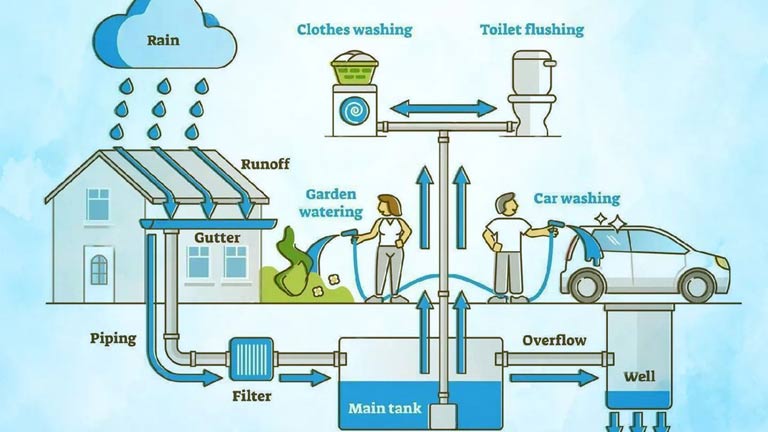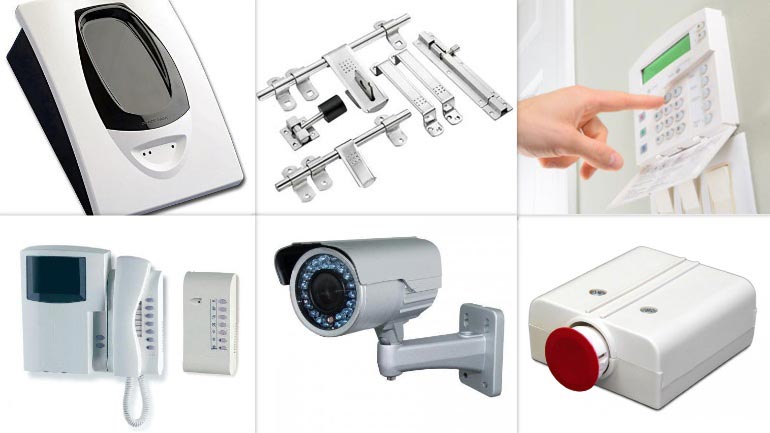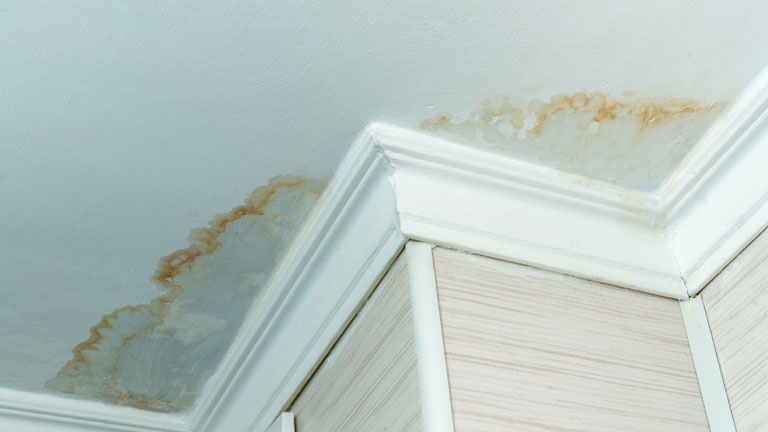
Rainwater is pure H2O and is the only natural source of Water. It is obvious that one cannot consume rainwater directly; one needs to filter it. It is because of many reasons, the primary being pollution. This write-up will discuss how to filter rainwater effectively before drinking it. Also, one can only consume rainwater for drinking as long it has a clean catchment surface and uses a proper filter.
4 Ways to filter the rainwater
With the best 4 filtration policies, it is possible to filter the rainwater and make it fit for drinking. The ways include:
Quantum Filtration
It is a system developed by US Water System. It involves the usage of advanced technology with a positively charged surface on the filter media. Through the process, the filtration media attracts the electrons in the pathogens and gets destroyed when they come in contact with the dynamically activated silica ceramic surface. The filter installation is a very easy process where basic plumbing knowledge is required. The filter kills 99.99% of bacteria and adds nothing to the Water. There is no requirement for power to it, and it doesn’t require any high maintenance. Whole house water filtration is a typical process to follow.
UV Filtration Systems
The system process is to treat dirty Water with germicidal ultraviolet light. The Dirty Water will have pathogens and bacteria. The rays scramble the DNA of living organisms and make it non-reproductive.
This method is required to filter the Water of an entire house. The filter doesn’t filter out coarse debris. The filtered water is then exposed to light. The system requires electricity to operate. This restricts the users who are into 100% solar. Also, the night bulb is required to change each year.
Passive Gravity fed Filters
The system is as simple as plugging in and playing the solution. One has to pour the water into the top and allow the filters to filter the Water down. The filters eliminate 99% of any harmful bacteria. The installation is no tough work, and neither are the operations. One has to regularly fill the filter with water to start the filtration. It is also difficult to determine when the filter needs the water addition due to its height.
Membrane Filtration
This filter system involves pushing the Water into a layer of material. It has a pressure-driven membrane that adds microfiltration, ultrafiltration, and reverse osmosis – this is a costly filter system to install. Technology is evolving; therefore, choosing the right membrane filter is tricky. The filer membrane here uses a pore size of 0.03 to 10 microns. The filtration is 100% accurate that comes from the collected rainwater tank.
Final Words!
Rainwater is safe to consume if the filtration process is done smoothly. It is important to filter the rainwater so that the body doesn’t attract any bacteria from the rainwater. With the 4 types mentioned above, one can choose according to their budget and requirement.




